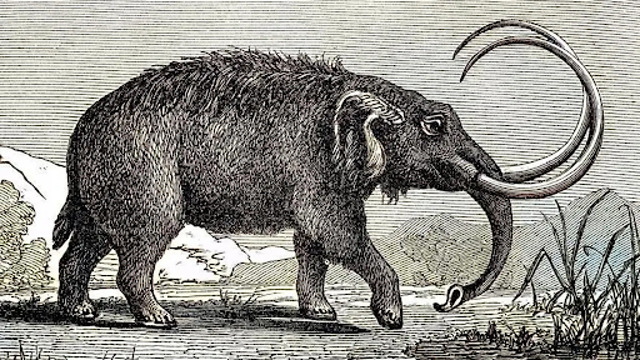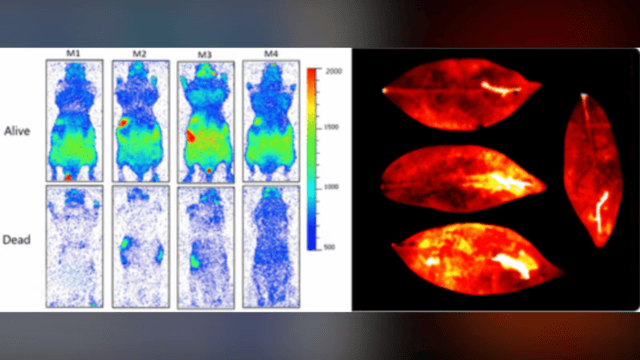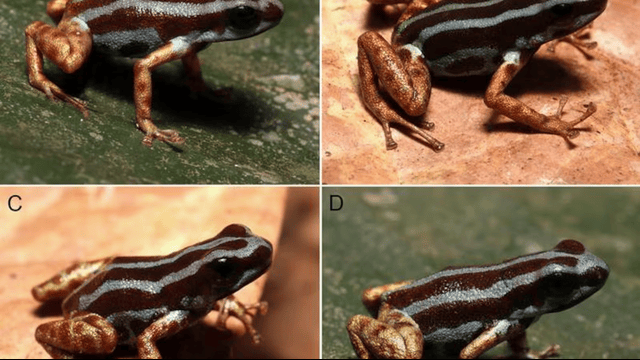
Image credit: Getty Images
A New York homeowner recently made an incredible discovery in their backyard—a mastodon jawbone emerging from the topsoil. This remarkable find, the first of its kind in over 11 years, has excited the scientific community, as researchers spent two and a half days digging to unearth additional mastodon bone fragments, including a fully intact adult jaw.
Mastodons, ancient creatures closely related to today's elephants, roamed the Earth thousands of years ago. Fossils of these animals have been found across North America, offering important clues about the ecosystems of the Ice Age. This new discovery in Orange County adds to the already impressive collection of mastodon fossils found in New York, with over 150 specimens discovered in the state, a third of which are from this particular region.
The homeowner, who prefers to remain unnamed, shared their excitement about the find. "I'm thrilled that our property has yielded such an important discovery for the scientific community," they said. When the homeowner first stumbled upon the jawbone and its teeth, they immediately knew they had found something significant. “When I found the teeth and examined them in my hands, I knew they were something special and decided to call in the experts,” the homeowner explained.
Image credit: New York State Museum
Scientists from the New York State Museum and the State University of New York were soon alerted and began excavating the site. The recovered mastodon jaw is well-preserved and offers a rare opportunity to learn more about these ancient creatures and the environment they lived in during the Ice Age. Dr. Robert Feranec, director of research and collections at the New York State Museum, expressed the importance of the find, stating, “This mastodon jaw provides a unique opportunity to study the ecology of this magnificent species, which will enhance our understanding of the Ice Age ecosystems from this region.”
Image credit: New York State Museum
In addition to the jawbone, researchers also uncovered other fragments, including a toe and rib bones. These additional pieces provide important context for understanding the life of the mastodon and its environment. Dr. Cory Harris, Chair of SUNY Orange’s Behavioral Sciences Department, noted, “While the jaw is the star of the show, the additional toe and rib fragments offer valuable context and the potential for additional research. We are also hoping to further explore the immediate area to see if there are any additional bones that were preserved.”
Mastodons were part of the same family as modern-day elephants but had flatter skulls, smaller ears, and long, curved tusks. Unlike the towering mammoths of their time, mastodons were shorter and stockier. These animals went extinct about 13,000 years ago, possibly due to a combination of climate change and hunting by early human settlers.
This recent find highlights the ongoing discoveries that continue to shape our understanding of the Ice Age and the creatures that once roamed the Earth. The mastodon bones found in New York offer a glimpse into a time long past, helping researchers piece together the ancient history of the region and the animals that inhabited it.















